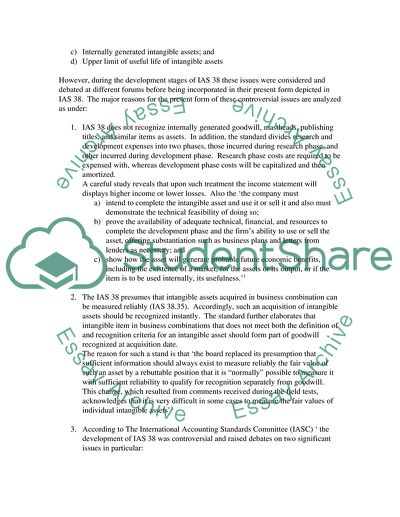Cite this document
(“Intangible assets as per IAS 38 Essay Example | Topics and Well Written Essays - 1250 words”, n.d.)
Retrieved from https://studentshare.org/finance-accounting/1541211-intangible-assets-as-per-ias-38
Retrieved from https://studentshare.org/finance-accounting/1541211-intangible-assets-as-per-ias-38
(Intangible Assets As Per IAS 38 Essay Example | Topics and Well Written Essays - 1250 Words)
https://studentshare.org/finance-accounting/1541211-intangible-assets-as-per-ias-38.
https://studentshare.org/finance-accounting/1541211-intangible-assets-as-per-ias-38.
“Intangible Assets As Per IAS 38 Essay Example | Topics and Well Written Essays - 1250 Words”, n.d. https://studentshare.org/finance-accounting/1541211-intangible-assets-as-per-ias-38.


